Let the treasure hunt begin. The annual Rare Finds-Hindoostan Revisited exhibition by art historian Dilnavaz Mehta that begins on December 3 will feature original prints, lithographs, illustrations, maps, advertisements and rare books from as early as the 16th century
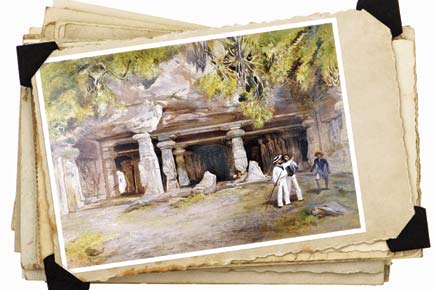
Art historian Dilnavaz Mehta has become synonymous with her annual Rare Finds: Hindoostan Revisited exhibition that showcases unusual antiquarian collectibles.
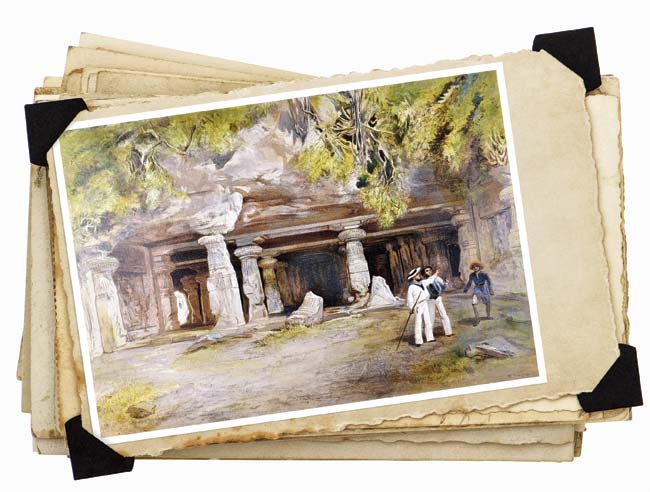
Temple of Elephanta near Bombay; William Simpson, 1867
ADVERTISEMENT
In its 8th edition, the event will feature a variety of items that were made or published in the period between the 16th to the 20th century.

Manner of travelling in a palanquin in India; 1834
The exhibition will include previously unseen engravings, original lithographs, etchings, aquatints, prints, advertisements, maps and books on India of the past.
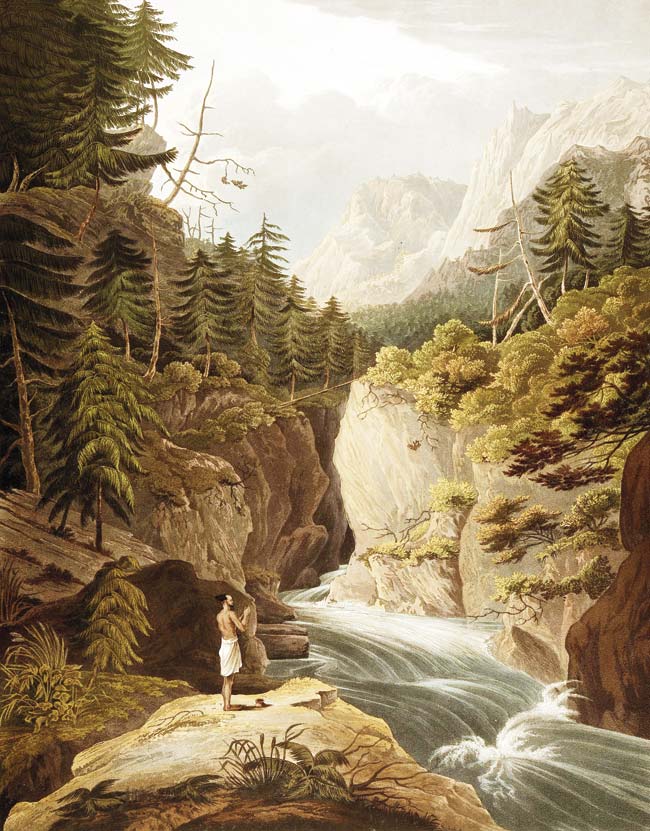 Bhyramghattee; Coloured Aquatint by James B Fraser; 1820
Bhyramghattee; Coloured Aquatint by James B Fraser; 1820
A description of Bhyramghattee by the artist is: Bhyramghattee in the Himala mountains is considered a holy place for the Hindoos. It is here that the two rivers Jhannevie and Bhagiruttee meet. Legend has it that the rivers were goddesses and are accordingly worshiped by the Hindoos...It is a common sight to see Brahmans bathing and standing at prayer on the rock which divides the two rivers.
Some of the artefacts will be on sale as well. This edition will focus on the works by Scottish artist William Simpson. The other highlights include rare world maps and advertisements.

The Mahratha Peshwa and his ministers at Poonah; 1834
Dilnavaz Mehta elaborates about the event, “It is about reinforcing our connect with history. It took a lot of travelling to source these items. This year, there will be unusual maps and ads (some of which are quite tongue-in-cheek).”
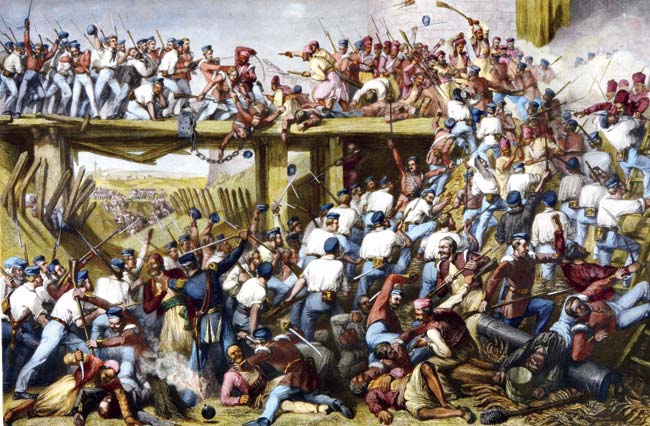 Storming of Delhi; sketched by MS Morgan, Colour Engraving; 1859.
Storming of Delhi; sketched by MS Morgan, Colour Engraving; 1859.
The accompanying engraving deals with the siege and capture of Delhi during the mutiny or the first Indian uprising of 1857. The composition of this work is based upon first-hand accounts and represents the only large and visual account of this momentous struggle.
While Mehta admits that maps are often overlooked, she reveals how these can actually tell a lot about the period: “In the past, the mapping would be done based on explorers’ records and the process would take place long after the expedition. At times, places would be marked incorrectly or the cartographer would leave a blank space to denote unexplored territory.
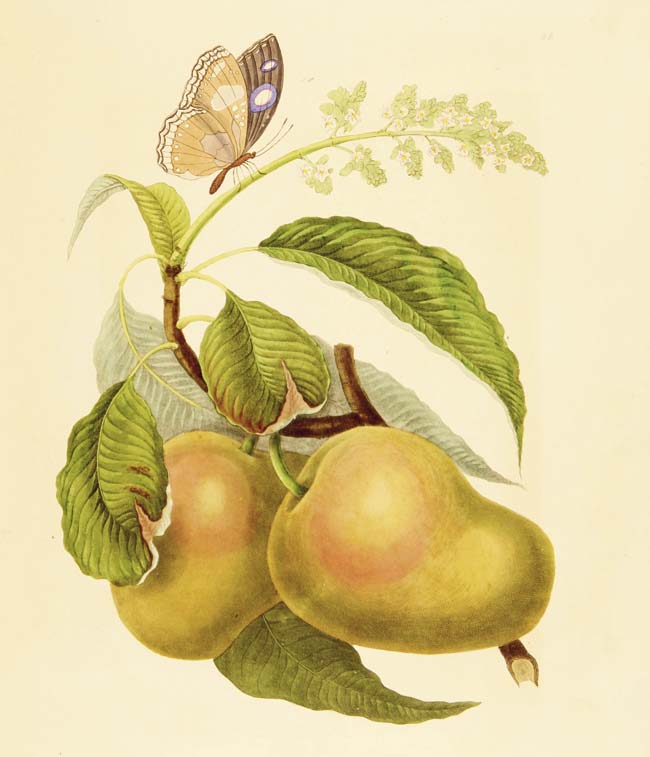 Mumbai’s own mango!
Mumbai’s own mango!
Mazgaon mango of Bombay; 1834
In those times, expeditions were controlled by the governing bodies and the information that emerged was limited. Mistakes made in one map tended to be repeated in later maps as well.” Mehta stresses that all the exhibits will include vignettes of information so that people can understand the objects and relate to them.
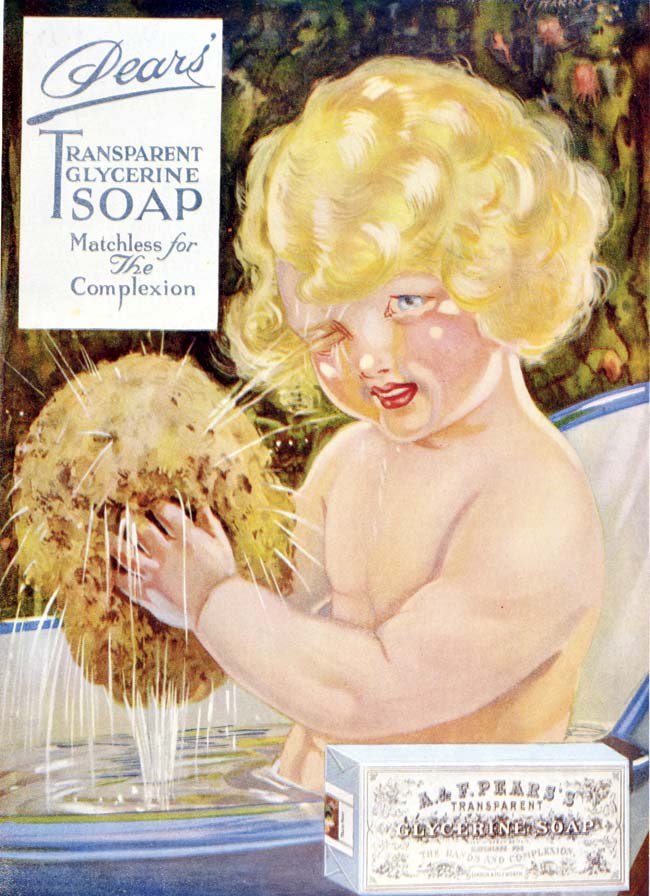
Pears (soap) was one of the first international products to start advertising in the print media. They published ads using popular artists and art styles; 1926
She reveals that the exhibition required almost four-five months of behind-the-scenes work, from the initial research to the framing and setting up of exhibits. Mehta shares how antiquarian items are often lost to neglect. Also, people shy away from the process of restoration as it is expensive and involves plenty of effort.

Dilnavaz Mehta at an earlier show. Pic/Satyajit Desai
“So, the idea behind Rare Finds was to make heritage artefacts accessible and affordable to a larger audience (products are priced from '800 onwards), who can then take care of them and thus, preserve a part of history and culture,” she signs off.

Some of the rare books on offer
From December 3 to 9, 11 am to 7 pm
At Cymroza Art Gallery, Bhulabhai Desai Road.
Call 23671983/23641755
 Subscribe today by clicking the link and stay updated with the latest news!" Click here!
Subscribe today by clicking the link and stay updated with the latest news!" Click here!







